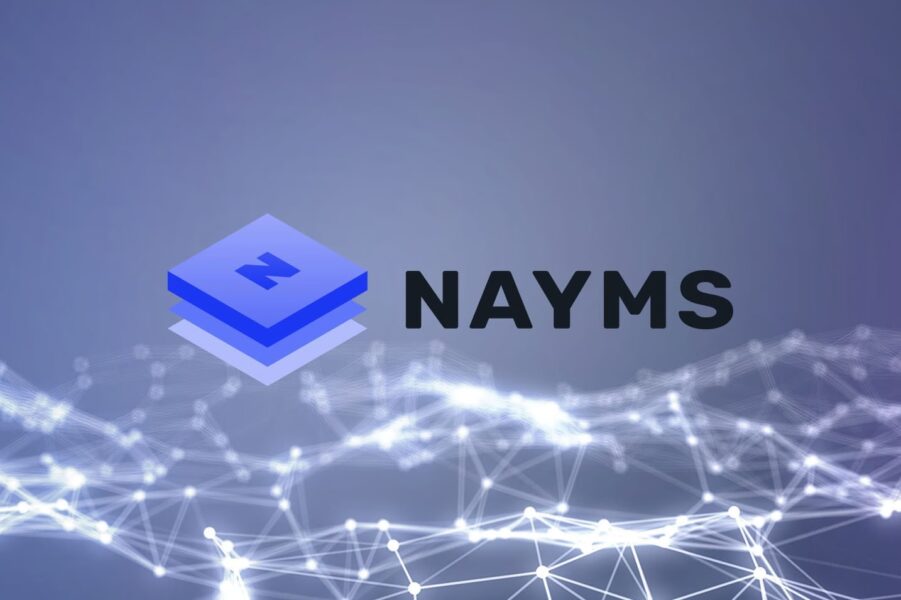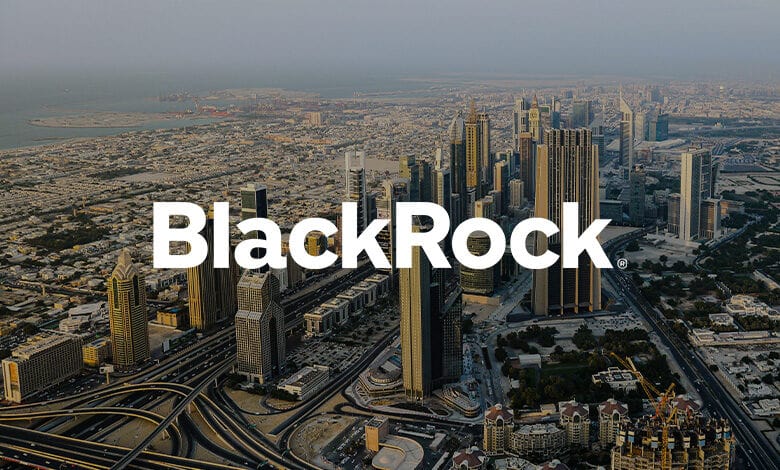A fundamentally new banking system structure may emerge sooner rather than later: the one where fiat and stablecoins, CBDC and “classical” cryptocurrencies are used on equal terms. And DeFi will compete directly and on a level playing field with centralized banking services.
To understand how the banking system will change, let’s delve a little deeper into its economy. People usually say that “central banks print money”, while in fact, the money supply is created by commercial banks issuing loans (the Central Bank only provides them with assets). Therefore, the economy gets filled with money through credit creation.
There is another aspect of the problem with changes in the financial world: many central banks have decided on developing their own CBDCs, and not just because “that’s what everyone does”. Not only due to it being a more convenient form of the same fiat money either. They have also felt the competition for the citizens of their own countries rising, coming first from cryptocurrencies and later from DeFi projects.
At this point, the introduction of central bank digital currencies is only a matter of time (China has already done it, now the rest will have to catch up). But putting CBDC into circulation means that every citizen of the country will receive an account directly with the central bank. Then what about the services provided by commercial banks? What accounts will they work with? Why do we need them anyway, with blockchain and smart contracts everywhere?
The answer may well lie in stablecoins. Their growing variety and use in DeFi will one day inevitably be looked at as a new model of money creation through loans, in which DeFi (rather than the “old” banks) plays an essential role. Of course, the traditional banking system will resist, some of which we are seeing already.
And while some bankers are lobbying for legislative bans on the cryptocurrency business, others are considering ways to enter the market where DeFi projects are currently operating. In other words, they are looking to combine centralized banking services and decentralized finance rules.
Now let’s add a pinch of CBDC here. The Chinese experience is fascinating but hardly applicable to the democratic world. Unlike China, the US and European societies have strict privacy requirements, so the digital euro or digital dollar (already nicknamed Fedcoin in the US financial circles) will have to guarantee a certain degree of anonymity – at least for small transactions that previously would have been done in cash.
The Federal Reserve Board member Lael Brainard, speaking a month ago at the Consensus crypto conference, among other points, stated: “The introduction of CBDC may increase the risk of deposits fleeing weaker banks in times of financial stress. Other research shows that increased competition can lead to more attractive transaction account conditions and an overall increase in deposits in the banking system. Banks play a critical role in credit intermediation and monetary policy transition, as well as payments. Thus, the design of any CBDC must include safeguards to protect banks from the rejection of intermediation and to preserve monetary policy more broadly.”
According to Lyle Brainard, consumers and businesses also generally don’t care whether the money they use is a central bank liability, as is the case with cash, or a commercial bank liability, e.g., bank deposits. The introduction of CBDCs leads to a completely different banking model and a new, more direct monetary policy. Bankers are nervous about losing their deposit base, which will switch to digital wallets. It is more convenient for people to keep their digital money directly at the central bank, where they can access prime interest rates and receive appropriate returns.
Bankers are right to worry about their deposit base, but there are other “credit intermediation and monetary policy transition” methods outside traditional banks. As you might have guessed, we talk about DeFi. As soon as CBDCs appear in the Western world, they will be wrapped in stablecoins, providing more opportunities for profitability along with higher risks, similar to how investors today put USDC in PSM MakerDAO for Dai minting to get higher returns.
Here is where we dive into the depth of the DeFi “jungle”. Dai also has a Dai Savings Rate (DSR), which pays income to any Dai locked in a smart contract; funds can be deposited/withdrawn in each block. Compound has a secondary lending market for Dai where depositors receive interest from Dai borrowers, and it transfers income from DSR by automatically depositing Dai, which DSR doesn’t lend.
Dai contributors receive a token (cDai), which is a claim on their deposited Dai with interest accrued by DSR and Dai borrowers on Compound.
The growing variety of stablecoins has already created an interconnected ecosystem. And while there will never be physical banks for DeFi, loans can still be issued, and not all of them will be given to oversecured borrowers. Instead, “banks” that lend to risky borrowers will operate using DeFi lending protocols. We can already see it in the delegation of Aave credits, where collateral-free loans are available.
Such alternatives to banks would post the CBDC (or any asset) as collateral in Compound, Maker, or Aave and charge a small commission on top of the protocol interest rates based on the borrower’s creditworthiness.
The interactions between these stablecoins, especially in the way collateral moves and balances, foreshadows the emergence of a new credit market, where money creation remains the purview of central banks while DeFi manages credits.
I don’t know if our readers have noticed, but any news about the central bank of a particular country developing CBDC rarely mentions smart contracts. There are several reasons for it, including increased cybersecurity requirements. But the main cause is something else: using smart contracts to ensure trust and provide guarantees only makes sense in an actually decentralized system – the blockchain of classic cryptocurrencies. And with CBDC, all blockchain nodes are controlled by the state.
Therefore, CBDCs will be in demand for payments, social benefits, fast transactions without commission, etc. But DeFi and other implementations of digital money will require the use of publicly available blockchains. Any central bank that successfully launches a CBDC will introduce their entire country to digital currency and digital wallets, doing the heavy lifting for public blockchains.
In turn, DeFi will remain attractive even after CBDC implementation, as it offers greater profitability opportunities and more productive asset utilization. So the best-case scenario will see the CBDC and DeFi infrastructures work together. In this digital money reality, central banks will continue printing money, and DeFi will still create credit.



